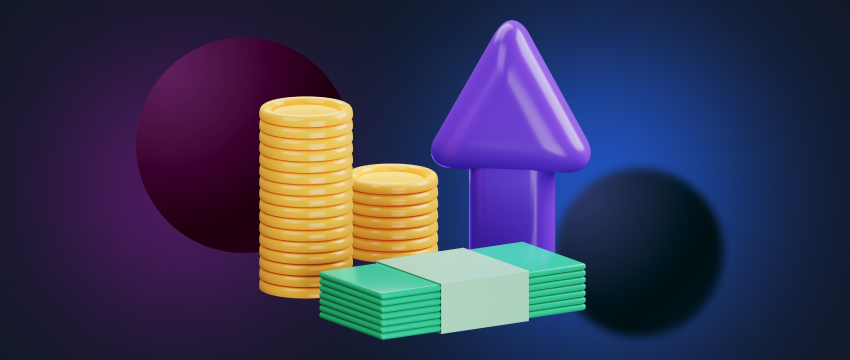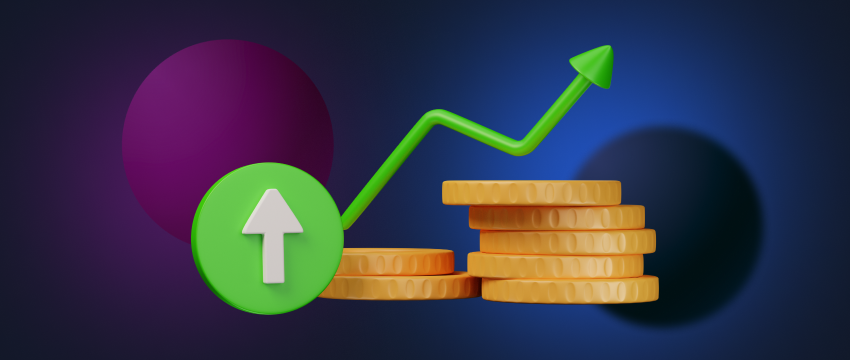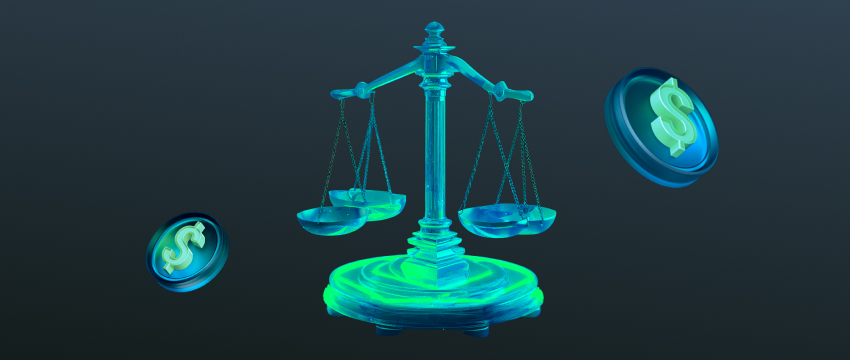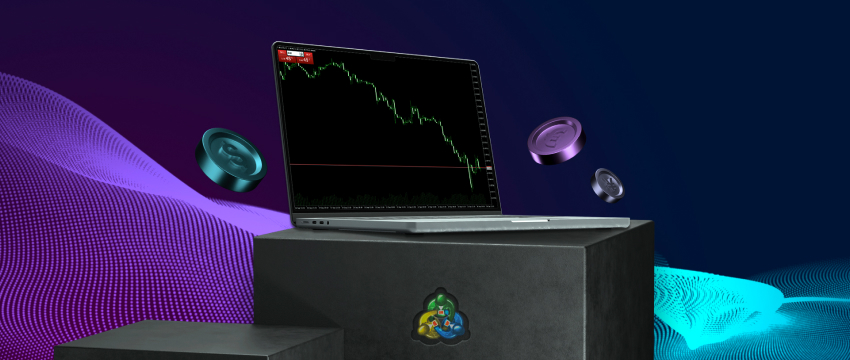Investing vs trading are two different approaches to making money in the financial markets. While both seek to make a return through market participation, they differ in terms of their profit goals and execution of financial strategies.

More on Investing
Investing is generally considered a long-term strategy. Investors typically buy and hold onto security for an extended period (months, years or even decades), with the goal of generating profits from the underlying asset’s growth, dividends, profit share, or interest earned. The length of time (time horizon) the investor expects to invest for is based on their financial objectives. For example, someone who seeks to invest in a life insurance policy may hold onto that investment for 30 years or longer. In contrast, others may invest for a short period in order to reach a specific goal, for e.g., to purchase a car.
Investment decisions are often based on an analysis of a company’s financial health, performance, and outlook. It entails researching the company’s products and/or services, management, financial statements, etc. This is to establish whether the company is likely to grow and generate profits over time.
Investing is also usually done with a buy-and-hold approach to gradually build wealth over an extended period. In other words, investments are usually held for a long time, even during fluctuating markets, in anticipation that prices will rebound or that the asset’s value will increase over time. This approach allows the investor to ride out market downturns, and benefit from the power of long-term investing. The focus is on creating a diversified portfolio of investments that aligns with the investor’s goals, risk tolerance, and time horizon.
Investing styles
Two popular approaches to investing are:
Active investing
Active investing takes a more hands-on approach to beat the market. A fund manager or portfolio manager will actively manage an investment portfolio with the goal of outperforming a benchmark index or market average.
Active investors typically rely on quantitative or qualitative analysis to take decisions. This includes the analysis of earnings per share (EPS), price-earnings ratio (P/E), market trends, company fundamentals, and other factors to identify undervalued securities or sectors that offer good growth potential. Active investors may buy and sell securities frequently (sometimes even daily), making strategic investment decisions to take advantage of market volatility.
Passive investing
Passive investors follow a long-term approach to investing, limiting the volume of buying and selling within their portfolios. They rely on a buy-and-hold strategy to make a return, without reacting to every market fluctuation.
An example of passive investing is the purchase of a diversified portfolio of securities (an index) that tracks a major market index like the Dow Jones Industrial Average or the S&P 500. A passive investor will seek to achieve returns that closely match the performance of the index they are tracking.

Advantages and downsides of investing
There are several reasons someone chooses to invest:
- Investing offers an individual the ability to generate profits from long-term trends and compounding returns.
- Stocks and other assets usually appreciate in value over an extended period, and investors who hold them for a long time tend to earn good returns.
- Investors can leverage diversification to maximise gains and spread their risk across different asset classes, sectors, and geographies. This minimises the impact of individual stock or market performance on their portfolio.
Investing does also come with its own downsides:
- An unpredictable market can impact even the best-performing stocks.
- A company’s profitability can suffer as a result of industry disruptions or economic downturns, impacting stock prices. This could potentially lead to losses for the investor.
- Investing requires vigilance and patience. The investor requires the discipline to not react impulsively during market downturns and risk losing out on potential future gains.
How does trading differ from investing?
Traders take a more active approach to make profits. They typically seek to profit from short-term price movements of financial instruments, buying and selling frequently (within seconds or minutes). Traders make use of technical analysis of market trends, currency movements, and charts, to make quick and strategic trading decisions. A trader will monitor the market in real-time to identify trends and patterns, and to open and exit positions at the right time and price.
The global financial markets are a hub of activity. The forex market in particular is the largest financial market in the world. It is also the most active seeing a daily trading volume of US$6 trillion. The forex space is incredibly volatile, with price movements fluctuating continuously. Engaging in trading, therefore, requires a different mindset than investing. Traders must have the ability to cope with market volatility and take calculated risks. A trader must have a thorough understanding of the complexities of the market. They must also know how to analyze and interpret market data quickly.
Traders must also use effective risk management strategies to properly handle leverage to amplify their returns or hedge their positions against potential losses.

Why trade?
Trading is an exhilarating way to make gains in financial markets. Traders who have acquired the expertise to read market trends and use technical indicators increase the potential for making profits relatively quickly and often. Access to leverage may also magnify returns but proper care must be taken to avoid large losses.
Other advantages of trading
- There is considerable potential to earn profits quickly and frequently. By buying low and selling high or selling high and buying low, traders can profit from price fluctuations.
- The financial markets are characterised by high liquidity. This means individuals can open and close trades quickly and easily, at a fair price.
- Traders are able to diversify their portfolios, spreading their investments across different markets, sectors, and geographies. This mitigates the risk of large losses.
- Trading has become incredibly flexible. It can be done from almost anywhere in the world, regulations and internet connectivity permitting. Traders can also trade across several time zones, depending on the market’s operating hours.
- Traders today have access to a plethora of resources and information to help inform their investment decisions. This includes webinars, seminars, podcasts, blogs, market news, economic data, and analyst reports.
Trading or Investing with T4Trade
T4Trade is a global broker that offers its clients flexible leverage and tight spreads. T4Trade traders also enjoy fast executions and quick and easy withdrawals. The broker’s multilingual client support team delivers a top-tier service 24/5. Traders also have access to 300+ financial instruments across 6 asset classes. This includes forex, metals, futures, shares, indices and commodities.
Disclaimer: This material is for general informational & educational purposes only and should not be considered investment advice or an investment recommendation. T4Trade is not responsible for any data provided by third parties referenced or hyperlinked, in this communication.




